Home>Gardening & Outdoor>Plant Care & Gardening Tips>Where To Find Native Mimosa Pudica Plant


Plant Care & Gardening Tips
Where To Find Native Mimosa Pudica Plant
Modified: January 9, 2024
Discover the best tips for caring for native Mimosa Pudica plants and creating a thriving garden with expert plant care and gardening advice. Explore where to find and how to nurture these beautiful plants.
(Many of the links in this article redirect to a specific reviewed product. Your purchase of these products through affiliate links helps to generate commission for Storables.com, at no extra cost. Learn more)
Introduction
Welcome to the enchanting world of Mimosa pudica, a remarkable plant known for its unique ability to respond to touch by folding its leaves. If you’re captivated by the idea of cultivating this intriguing species in your garden or simply wish to admire it in its natural habitat, you’ve come to the right place. In this article, we’ll delve into the native habitat of the Mimosa pudica plant, explore where it can be found in the wild, and provide valuable insights on how to cultivate and care for it in your own garden. Whether you’re a seasoned gardener or a nature enthusiast, the Mimosa pudica plant is sure to fascinate and inspire you with its remarkable characteristics and delicate beauty.
Key Takeaways:
- Mimosa pudica, also known as the sensitive plant, is native to South and Central America and can be found in tropical regions like Brazil and the Caribbean. It’s known for its unique leaf-folding response to touch and can be cultivated in gardens.
- You can find Mimosa pudica plants at local nurseries, garden centers, online retailers, and specialty plant sales. Whether you want a mature plant or seeds to grow your own, there are plenty of options to add this captivating species to your botanical collection.
Read more: Where Is The Snake Plant Native To
Overview of Mimosa Pudica Plant
The Mimosa pudica, also known as the sensitive plant or touch-me-not, is a fascinating species revered for its unique leaf-folding response to touch. Belonging to the Fabaceae family, this perennial herb is native to South and Central America but has also naturalized in many other tropical and subtropical regions around the world. The plant typically grows to a height of 12-18 inches, with delicate, fern-like leaves and fluffy, ball-shaped pink or purple flower heads that add a touch of whimsy to any garden.
One of the most captivating features of the Mimosa pudica is its rapid leaf movements in response to stimuli. When touched or exposed to physical disturbance, the leaflets of the plant fold inward and droop, a defense mechanism believed to deter herbivores and protect the plant from harm. This unique trait has made the Mimosa pudica a favorite among plant enthusiasts and curious minds alike.
Beyond its mesmerizing leaf movements, the Mimosa pudica also boasts medicinal properties. In traditional medicine, various parts of the plant have been used to treat conditions such as skin disorders, respiratory issues, and even digestive ailments. The leaves and roots are believed to contain compounds with potential antimicrobial, anti-inflammatory, and analgesic properties, adding to the plant’s allure and value.
Whether you’re drawn to the Mimosa pudica for its captivating behavior, charming appearance, or potential health benefits, there’s no denying the allure of this extraordinary plant. In the following sections, we’ll take a closer look at its native habitat, where it can be found in the wild, and how you can cultivate and care for it in your own garden.
Native Habitat of Mimosa Pudica
The Mimosa pudica plant is indigenous to South and Central America, where it thrives in warm, tropical climates characterized by rich, well-drained soils and ample sunlight. Specifically, it is native to regions such as Brazil, the Caribbean, and parts of Mexico, where it can be found in diverse habitats ranging from open grasslands to forest edges and disturbed areas. The plant’s adaptability has also enabled it to naturalize in other parts of the world, including Asia, Africa, and Australia.
Within its native habitat, the Mimosa pudica often grows in areas with moderate to high rainfall, although it can withstand brief periods of drought once established. The plant’s ability to flourish in diverse environments has contributed to its widespread distribution and popularity as an ornamental and medicinal species.
Given its origin in tropical regions, the Mimosa pudica is well-suited to environments with consistently warm temperatures, typically between 70°F and 85°F (21°C to 29°C). While it can tolerate brief exposure to lower temperatures, prolonged cold spells can be detrimental to the plant’s growth and overall health.
As a species that has adapted to various ecosystems within its native range, the Mimosa pudica demonstrates resilience and versatility, making it a captivating subject for both botanical enthusiasts and researchers. Its ability to thrive in diverse conditions, coupled with its intriguing leaf movements, has contributed to its widespread appeal and cultivation in gardens and greenhouses around the world.
Understanding the Mimosa pudica’s native habitat provides valuable insights into its preferred growing conditions, enabling enthusiasts to create suitable environments for cultivating and nurturing this extraordinary plant.
You can find native Mimosa pudica plants in tropical and subtropical regions, such as South and Central America, Asia, and Australia. Look for them in areas with well-drained soil and plenty of sunlight.
Where to Find Mimosa Pudica in the Wild
Exploring the wild to discover the enchanting Mimosa pudica in its natural habitat is a captivating adventure for plant enthusiasts and nature lovers alike. The plant’s native range in South and Central America offers a glimpse into the diverse ecosystems where this remarkable species thrives.
One of the prime locations to encounter Mimosa pudica in the wild is the tropical regions of Brazil, where it can be found in open grasslands, along forest edges, and in areas with disturbed soils. The plant’s ability to adapt to a range of habitats within its native range allows it to flourish in diverse environments, adding to its allure for those seeking to observe it in the wild.
Throughout the Caribbean, including countries such as Jamaica and Trinidad and Tobago, the Mimosa pudica graces the landscape with its delicate leaves and vibrant, ball-shaped flower heads. Its presence in these regions provides an opportunity for nature enthusiasts to witness the plant’s unique leaf-folding response to touch, a captivating display that never fails to intrigue and inspire.
In addition to its native range, the Mimosa pudica has naturalized in various tropical and subtropical regions around the world, including parts of Asia, Africa, and Australia. This widespread distribution offers opportunities for individuals in these regions to encounter the plant in the wild, where it may thrive in disturbed areas, along roadsides, and in open grasslands.
When venturing into the wild to seek out the Mimosa pudica, it’s important to respect the natural environment and local regulations, ensuring that your exploration contributes to the conservation and appreciation of this remarkable species. Observing the plant in its natural habitat provides a deeper understanding of its ecological significance and the intricate relationships it forms within diverse ecosystems.
Whether in its native range or as a naturalized species, encountering the Mimosa pudica in the wild offers a profound connection to nature and the captivating wonders of the plant world.
Cultivating Mimosa Pudica in Your Garden
Bringing the captivating allure of the Mimosa pudica into your own garden is a rewarding endeavor that allows you to witness its unique leaf movements and delicate beauty up close. Cultivating this extraordinary plant requires careful attention to its preferred growing conditions and an understanding of its distinctive characteristics.
When selecting a location for cultivating Mimosa pudica, choose a spot that receives ample sunlight, as the plant thrives in bright, indirect light. Well-draining soil is essential to prevent waterlogging, as the Mimosa pudica is susceptible to root rot in overly moist conditions. A sandy or loamy soil mix that retains some moisture without becoming waterlogged is ideal for promoting healthy growth and development.
While the Mimosa pudica appreciates consistent moisture, it’s crucial to avoid overwatering, as excessive water can lead to issues such as root rot and other fungal diseases. Allowing the soil to dry out slightly between waterings helps maintain the plant’s overall health and vigor. Additionally, providing a balanced, water-soluble fertilizer every few weeks during the growing season can support the plant’s nutritional needs and promote lush foliage and prolific flowering.
Given the Mimosa pudica’s sensitivity to cold temperatures, it is best suited for cultivation in climates where frost is not a concern. In regions with cooler winters, the plant can be grown as an annual or brought indoors during the colder months to protect it from frost damage. Providing a warm, sheltered environment during the growing season encourages robust growth and ensures the plant’s well-being.
Observing the Mimosa pudica’s remarkable leaf-folding response to touch is a captivating experience that can be enjoyed in a garden setting. Encouraging interaction with the plant by gently touching its leaves allows for a firsthand glimpse into its unique behavior, adding an element of wonder and enchantment to the garden landscape.
By cultivating the Mimosa pudica in your garden, you not only create a captivating focal point but also contribute to the conservation and appreciation of this extraordinary species. Its intriguing characteristics and delicate beauty make it a cherished addition to any garden, inspiring awe and fascination among all who encounter it.
Read more: Where Is The Egg Plant Native To
Buying Mimosa Pudica Plants
Acquiring a Mimosa pudica plant to grace your garden or indoor space is an exciting opportunity to welcome the captivating beauty and unique characteristics of this remarkable species into your surroundings. Whether you’re seeking to purchase a mature plant or start from seeds, there are several avenues to explore when adding this enchanting species to your botanical collection.
Nurseries and Garden Centers: Local nurseries and garden centers often carry a variety of potted plants, including Mimosa pudica, especially during the growing season. Visiting these establishments allows you to select healthy, established specimens and receive valuable guidance from knowledgeable staff on caring for the plant and creating an optimal growing environment.
Online Retailers: Many online retailers specialize in offering a diverse selection of plants, including Mimosa pudica, for purchase. When buying plants online, it’s essential to choose reputable sellers with positive reviews and a track record of delivering healthy, well-packaged specimens. Additionally, verifying the seller’s shipping and return policies can help ensure a smooth and satisfactory purchasing experience.
Seeds and Propagation: For those interested in starting from seeds, reputable seed suppliers and online marketplaces offer Mimosa pudica seeds for purchase. Growing the plant from seeds provides a rewarding opportunity to witness its growth from the earliest stages and actively participate in its development. Following proper seed-starting techniques and providing the ideal growing conditions can lead to successful germination and robust seedling growth.
Specialty Plant Sales and Events: Local plant sales, botanical gardens, and horticultural events often feature specialty vendors offering a wide array of plants, including rare and unique species such as Mimosa pudica. Attending these events provides an opportunity to explore a diverse selection of plants, interact with knowledgeable vendors, and discover new additions to enrich your botanical collection.
When purchasing Mimosa pudica plants, whether in person or online, it’s essential to inspect the specimens for signs of health and vitality. Look for lush, green foliage, and avoid plants with yellowing or wilting leaves, which may indicate stress or improper care. Additionally, inquire about the plant’s growing conditions and any specific care requirements to ensure that it aligns with your gardening capabilities and environmental conditions.
Welcoming a Mimosa pudica into your botanical repertoire offers a delightful experience of nurturing and admiring a plant renowned for its captivating leaf movements and delicate charm. Whether sourced from local nurseries, online retailers, or through seed propagation, the addition of this extraordinary species enriches the botanical tapestry of any garden or indoor space, inviting wonder and fascination into your horticultural pursuits.
Frequently Asked Questions about Where To Find Native Mimosa Pudica Plant
Was this page helpful?
At Storables.com, we guarantee accurate and reliable information. Our content, validated by Expert Board Contributors, is crafted following stringent Editorial Policies. We're committed to providing you with well-researched, expert-backed insights for all your informational needs.






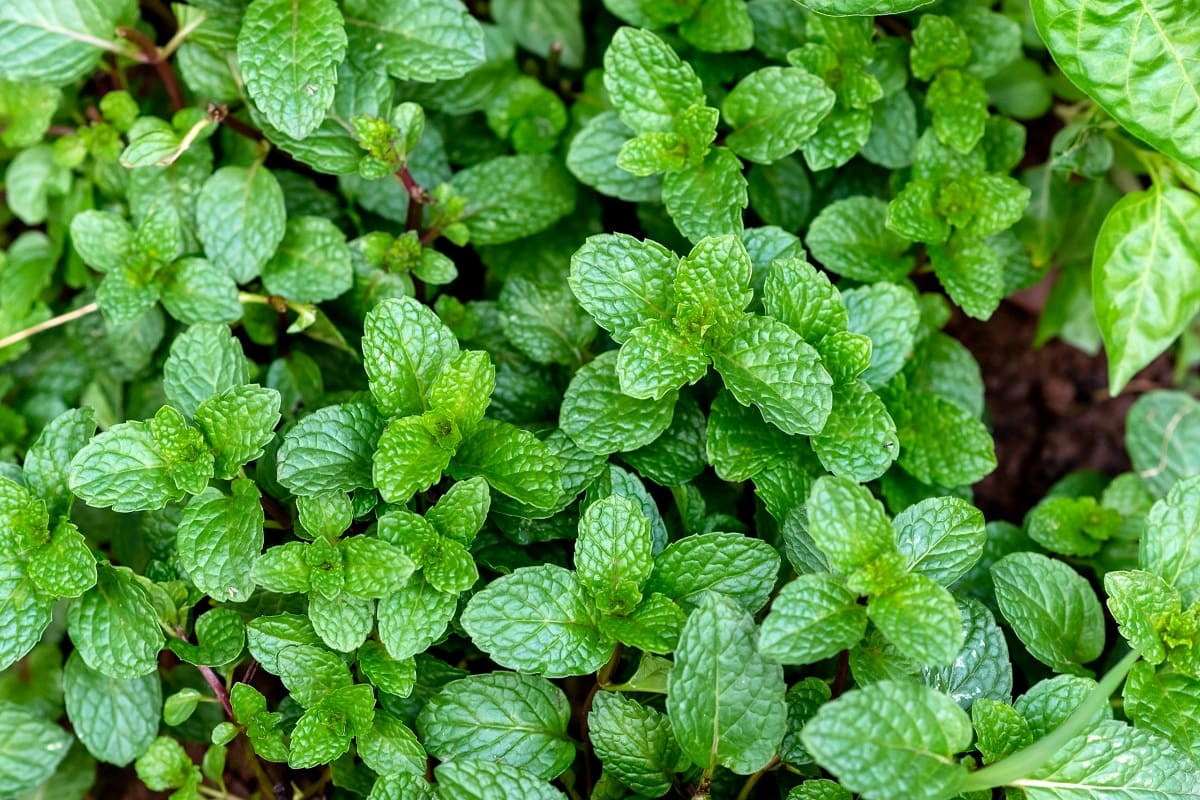
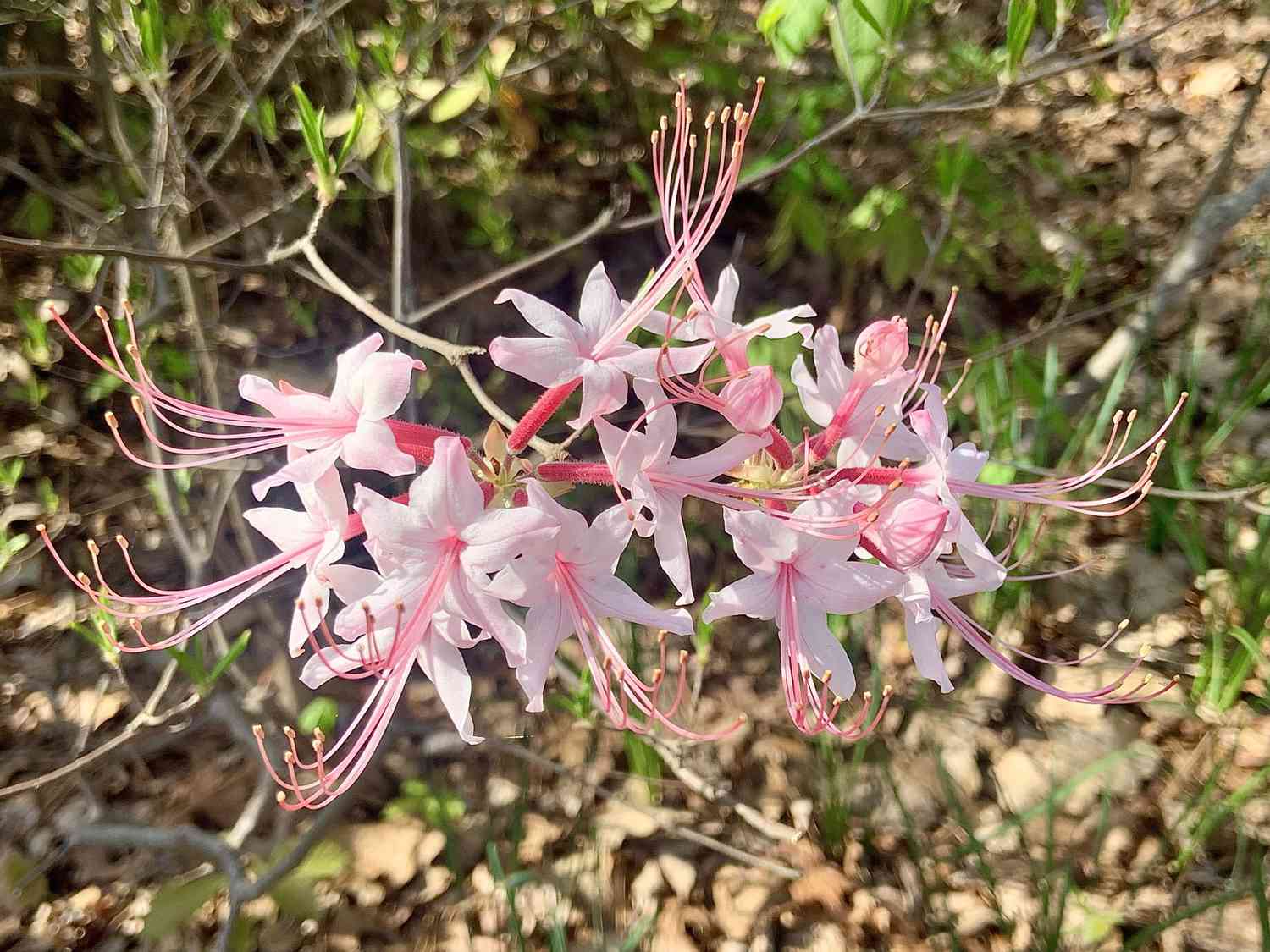

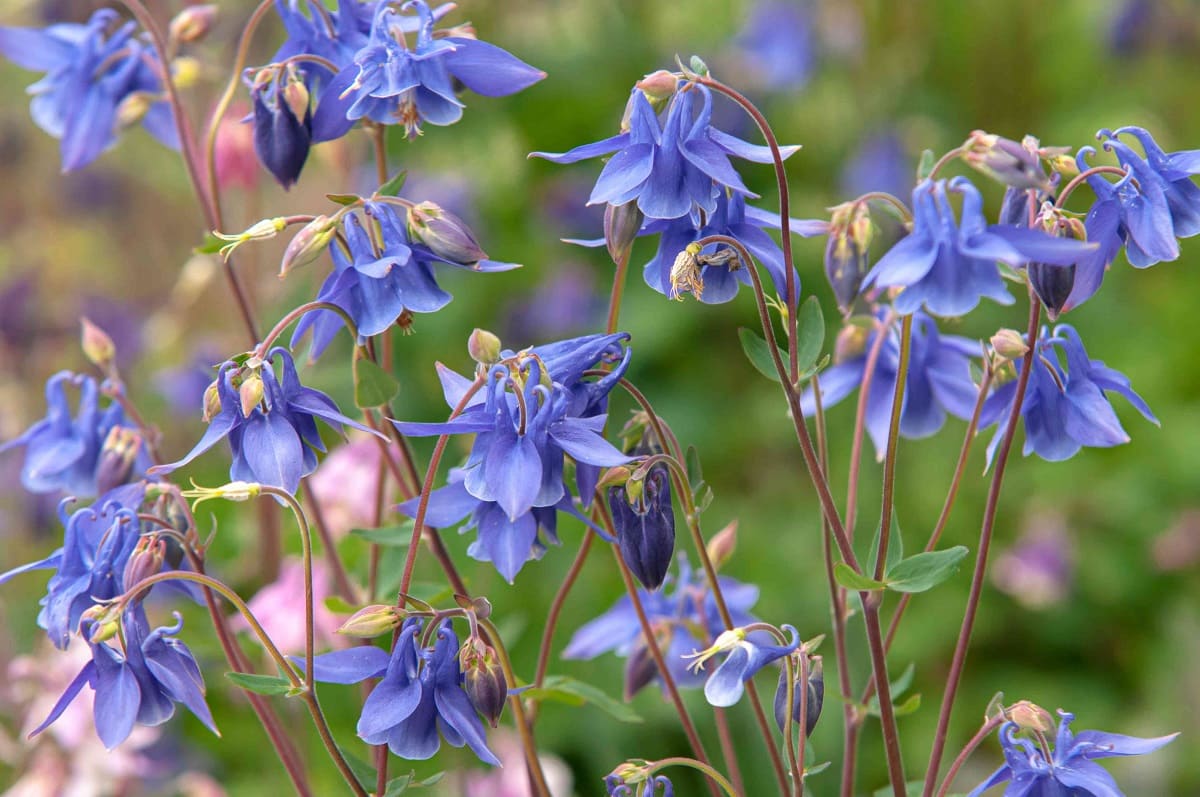

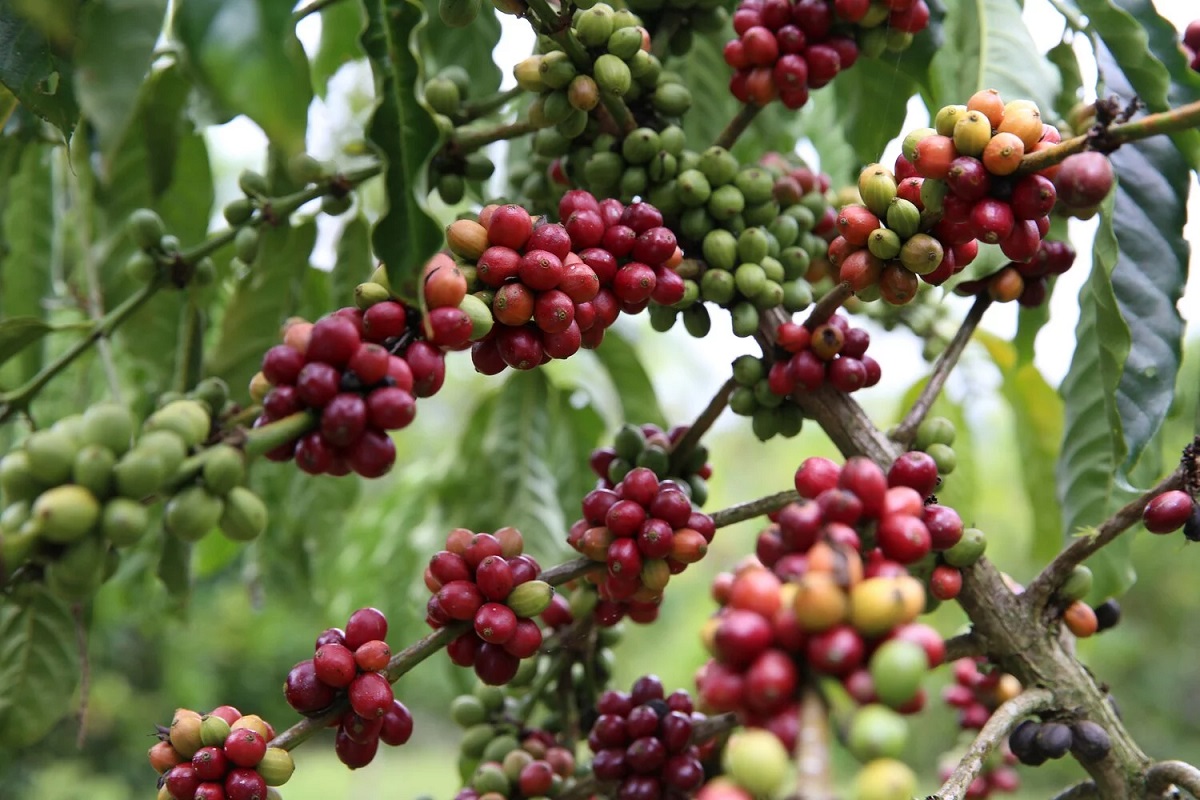

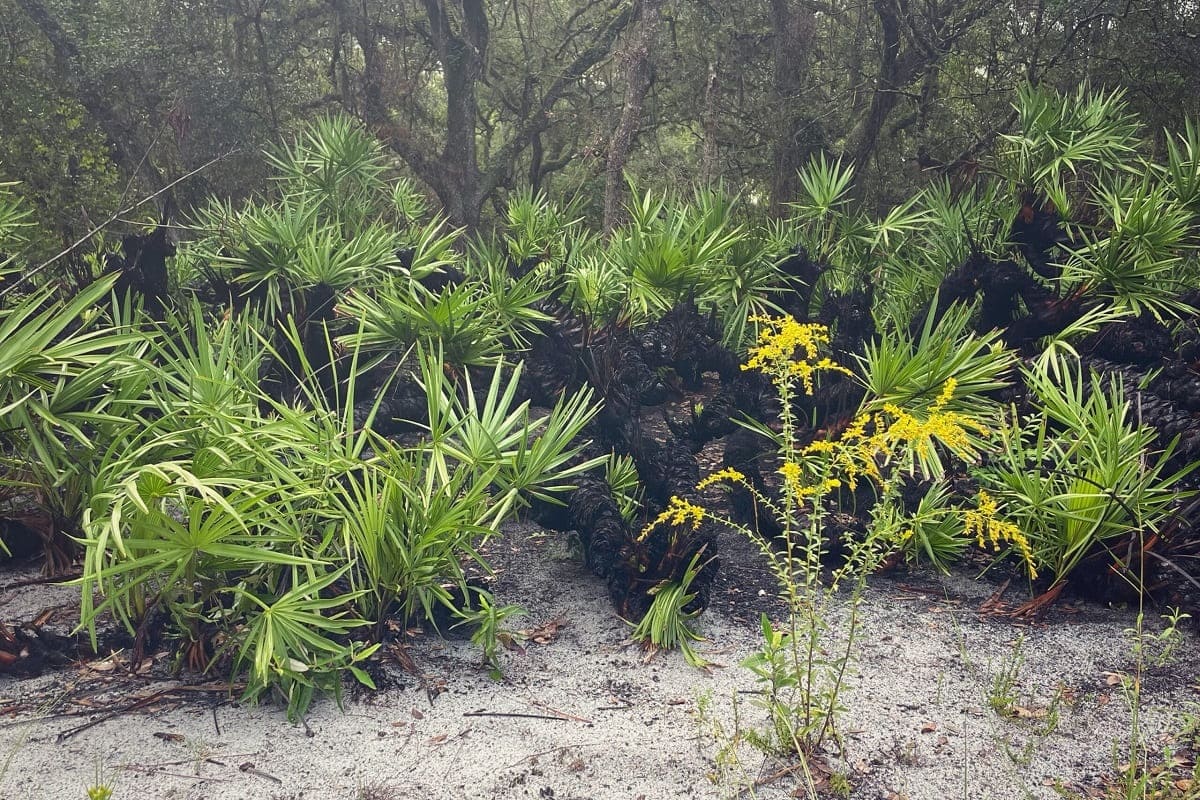

0 thoughts on “Where To Find Native Mimosa Pudica Plant”